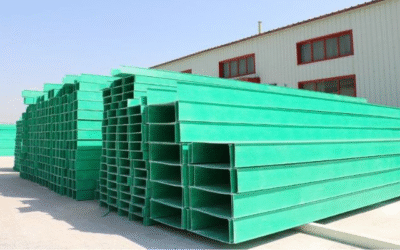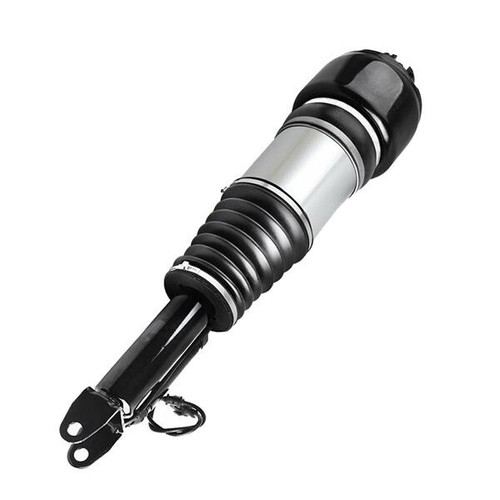How Safety Increased by an Annual Maintenance Contract for Elevators?

With the introduction of vertical mobility into private homes by modern architecture, multi level homes, and aging-in-place design have completely changed daily living. Installing a lift can prove to be an expensive proposition; by the time the engineering, structural, and finishing works are accounted for, domestic lifts usually can cost as much as cars. The overall cost of a home elevator encompasses so much more than the equipment itself; it signifies accessibility, convenience, and improvement of real estate value. To protect that investment, the system must remain reliable and safe. An annual maintenance contract for elevators, a legal agreement that entrusts authorized professionals with routine care and emergency preparation, is essential to achieving this goal.
Constant Monitoring and Prompt Identification
Lift ropes, safety equipment, door interlocks, limit switches, and control panels are all interdependent components that age at varying rates. Cascade failures can be caused by minor adjustments to alignment or lubrication, particularly if they are not addressed during seasons of temperature and power fluctuations. Scheduled visits are provided by calibrated instruments and diagnostic software that monitor vibration signatures, electrical draw, and ride smoothness as part of an elevator’s yearly maintenance contract. Technicians identify minor wear before passengers notice anything wrong by comparing current readings to previous baselines.
Technical know-how and authentic components
Custom parts that fit shaft size, travel height, and interior design are used in residential elevators. Generic alternatives may cause unexpected wear or jeopardize tolerances. Repairs that maintain warranty coverage are provided by certified service teams using original spare parts and adhering to manufacturer torque specifications.
Given the household lifts prices in luxury villas or penthouses, using unskilled labor to reduce shortcuts puts both occupant safety and long-term asset value at risk. To maintain high precision and minimal error margins, contracted providers make investments in specialist equipment such as laser alignment kits, and hydraulic pressure gauges, as well as continuous technician certification.
Adherence to Changing Standards
Safety regulations are dynamic. They react to evolving demographic demands, event assessments, and technological advancements. An elevator’s annual maintenance contract combines diligent paperwork with physical maintenance: logbooks, inspection certificates, and regulatory updates are delivered concurrently. Regulations pertaining to emergency communication needs, allowable ride acceleration, and door-closing force are often updated by local authorities. In order to ensure that even older systems satisfy modern standards without requiring a complete replacement, service providers update controllers or retrofit sensors appropriately.
When evaluating the cost of domestic lifts, homeowners may first concentrate only on installation costs. However, when a lift fails an audit months after it was put into service, hidden liabilities become apparent. The initial cost of the house elevator is rapidly increased by fines and required improvements. By removing these surprises through ongoing compliance through contract maintenance, occupant safety, and legal standing are maintained.
Conclusion
The promise of smooth vertical access is installed by the first investment listed under household lifts prices or the overall house elevator price. Decades of careful, ongoing care are necessary to fulfill that promise. For elevators, an annual maintenance contract turns maintenance from intermittent troubleshooting into planned, proactive care. By doing this, it turns into a pillar of residential safety policy, guaranteeing that every passenger is protected with the same level of convenience that house elevators offer.






